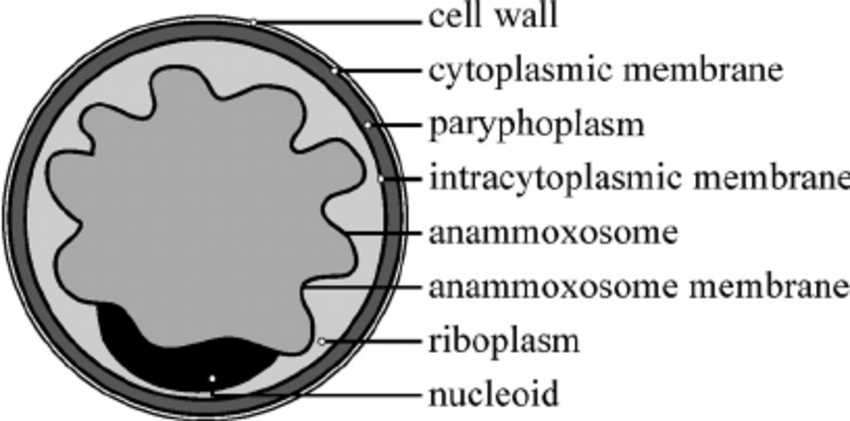Where do eukaryotic cells come from? The simple answer is, we do not know. However, Asgard archaea is currently seen as the closest prokaryotic relative of eukaryotes, and recent research has been conducted to explore Asgard archaea on a microscopic level.
Eukaryotic Signature Proteins (ESPs) are proteins that differentiate eukaryotes from prokaryotes. Interestingly enough, genomes of Asgard archaea contain ESPs, suggesting that archaea already had some complex factors before eukaryotic cells first appeared.
In this study, Loki and Heimdallarchaeota cells (types of Asgard archaea) from the marine environment were obtained using primer-free sequencing, and wheat germ agglutinin (WGA) was used to better visualize the surface of Loki and Heimdallarchaeota cells. As a result, the researchers found that there were some extracellular structures connected to some Heimdallarchaeota cells. In other words, Asgard archaea contains many extensive and diverse cellular networks.

Most importantly, the researchers also found that the genomic material within these cells were spatially separated from the riboplasm. Considering this separation between DNA and ribosome-related activity, this finding might suggest the idea of cellular compartmentalization (organelles in eukaryotic cells work in separate locations to be more efficient) or membrane invagination (folding or inverting the membrane) to create a nucleoid region (where DNA is stored in prokaryotic regions).
While the findings of this study are not conclusive, it is still a large step forward in understanding eukaryotic cells. If these results and speculations prove to be accurate, they could provide more insight into Asgard archaea and the emergence of eukaryotic cells.
Eukaryotes: any organism consisting of cells whose DNA is contained within a distinct nucleus (eg. animals and plants)
Prokaryotes: a single-celled organism that does not have a distinct nucleus or other organelles (eg. bacteria and archaea)
Wheat Germ Agglutinin (WGA): a type of protein that protects wheat from insects, bacteria, and yeast
Genomes: the genetic information within an organism
Riboplasm: portion of bacteria that contains ribosomes
Article Link: ,https://www.nature.com/articles/s41396-021-01098-3#Sec2
You must be logged in to post a comment.